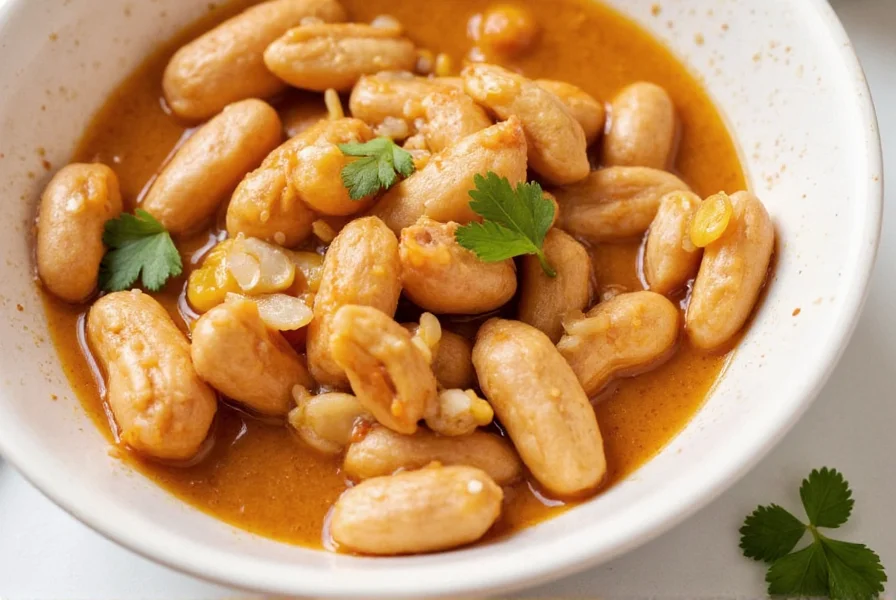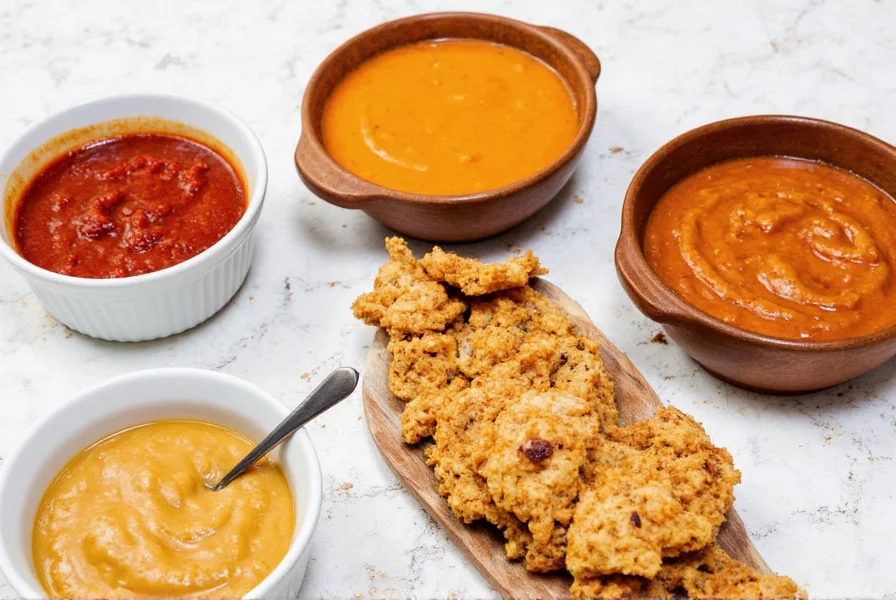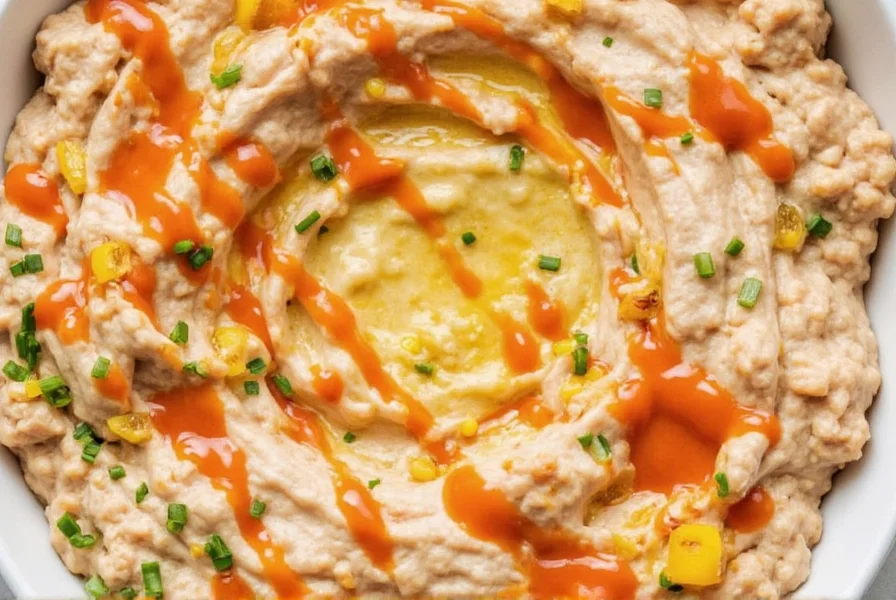Satay Sauce Showdown: The Spiciest, Creamiest Dips Around the Globe
When it comes to dipping sauces with character, satay sauce stands tall among the crowd. Originally crafted in Southeast Asia as a companion to grilled meat skewers, this rich, peanut-based condiment has traveled far beyond its humble beginnings. Today, it’s a beloved flavor enhancer across continents, each culture adding its own twist.

In this article, we’ll take a flavorful journey through different versions of satay sauce around the world, offer expert tips on making your own, and review the best bottled options on the market. Whether you’re a seasoned foodie or just discovering the wonders of international cuisine, there’s something here for everyone!
Table of Contents
- Global Versions of Satay Sauce
- Homemade Satay Sauce Hacks
- Store-Bought Satay Sauce Showdown
- Buying Guide: What to Look for in Satay Sauce
- Creative Ways to Use Satay Sauce
- Conclusion
Global Versions of Satay Sauce: From Malaysia to Mexico
While traditionally associated with Malaysia and Indonesia, the allure of satay sauce has inspired countless regional adaptations. Let’s explore how this versatile dip has evolved across borders:
| Region | Key Ingredients | Unique Twist | Best For |
|---|---|---|---|
| Malaysia | Peanuts, chili, garlic, lemongrass, shrimp paste | Deeply aromatic and slightly sweet-spicy balance | Classic satay pairings |
| Indonesia | Ground peanuts, soy sauce, tamarind, kecap manis (sweet soy sauce) | Darker, sweeter base with umami richness | Bami goreng, gado-gado |
| Thailand | Crunchy peanut butter, fish sauce, lime juice, chili | Lighter, tangier version | Pad Thai, spring rolls |
| United States | Smooth peanut butter, hoisin sauce, sesame oil | Milder, creamier texture | Noodle bowls, wraps |
| Mexico | Roasted peanuts, chili powder, chocolate, tomatoes | Smoky mole-inspired profile | Tacos, enchiladas |
What Makes Satay Sauce So Adaptable?
The core elements—peanuts, heat, sweetness, and salt—provide a perfect foundation for experimentation. Local spices, cooking techniques, and ingredient availability shape each variation, allowing cultures to make satay sauce their own while preserving its essence.
Homemade Satay Sauce Hacks: Make It Like a Local Chef
Ready to bring that restaurant-quality satay sauce into your kitchen? Here are some pro-level tips to elevate your homemade batch:
- To roast or not to roast? Roasting your peanuts enhances nuttiness. Try dry-roasting them in a pan before grinding—it adds depth and aroma.
- Balance is key: Aim for a harmony of salty, sweet, spicy, and sour. Start with equal parts peanut butter and soy sauce, then adjust with tamarind paste and honey.
- Fresh aromatics win: Use fresh garlic, ginger, and lemongrass whenever possible. If using dried, rehydrate them in warm water first.
- Texture matters: Blend until smooth for drizzling or leave it slightly chunky for a rustic feel.
- Resting time: Letting your sauce sit for 30 minutes allows flavors to meld together beautifully.

Easy Homemade Satay Sauce Recipe
Try this foolproof version at home:
- 1/2 cup creamy peanut butter
- 2 tbsp soy sauce
- 1 tbsp tamarind paste
- 1 tbsp honey or brown sugar
- 1 clove garlic, minced
- 1 tsp grated ginger
- 1 tbsp chili sauce (adjust to taste)
- 2–3 tbsp water (to adjust consistency)
- Mix all ingredients in a bowl or blender until smooth.
- Heat gently over low flame for 5–7 minutes, stirring often.
- Let cool before serving. Store in an airtight container for up to one week.
Store-Bought Satay Sauce Showdown: Which One Wins?
If you don’t have time to make it from scratch, no worries—many brands offer quality satay sauce. Here’s our breakdown of top picks:
| Brand | Flavor Profile | Pros | Cons | Price Range |
|---|---|---|---|---|
| Kikkoman | Mildly sweet, balanced nutty flavor | Widely available, consistent quality | Lacks punchy heat | $ |
| A Taste of Thai | Spicy, aromatic with real chili kick | Authentic Thai-style, great for stir-fries | Thicker than some prefer | $$ |
| Papa Vince | Mediterranean-infused with olive oil base | Unique fusion, great for drizzling | Not traditional satay style | $$$ |
| Bushwick Kitchen | Locally made, artisanal with local twists | Craft quality, small-batch production | Hard to find outside NYC | $$ |
| Ace & Low | Gluten-free, vegan-friendly option | Great for dietary restrictions | Slightly watery texture | $ |

How We Tested
- Taste: Balanced sweetness, spice, acidity, and salt.
- Texture: Not too thick, not too runny.
- Versatility: Can be used straight out of the bottle or modified easily.
- Value: Price compared to quality and volume.
Buying Guide: What to Look for in Satay Sauce
Whether you're shopping for bottled satay sauce or planning to stock your pantry for DIY batches, here's what to consider:
Top Features to Prioritize
- Real Ingredients: Look for whole foods like roasted peanuts, natural sweeteners (like palm sugar), and no artificial preservatives.
- Adjustable Spice Level: Some people love a fiery kick, others prefer mellow warmth. Check labels for chili content or opt for mild versions if unsure.
- Texture: Smooth vs. chunky depends on your use case. Chunky is great for satay skewers; smooth works better for dressings.
- Allergen Info: Especially important if you or someone you’re serving has allergies. Many store-bought versions are peanut-free or vegan alternatives now.
Best Products Reviewed
| Product | Features | Best For | Occasion |
|---|---|---|---|
| Kikkoman Satay Sauce | Classic, mild, and consistent | Beginners, kids, family meals | Weeknight dinners, parties |
| A Taste of Thai Satay Sauce | Spicy, bold, authentic | Thai food lovers, adventurous eaters | Home Thai night, gourmet dishes |
| Ace & Low Vegan Satay | Plant-based, gluten-free, soy-free | Vegans, health-conscious | Salads, Buddha bowls |
| Papa Vince Mediterranean Satay | Olive oil base, herb-forward | Foodies, fusion cuisine fans | Dinner parties, tapas-style dishes |
| Bushwick Kitchen Artisan Satay | Small-batch, locally sourced | Local shoppers, gift-giving | Gifts, specialty dishes |

Creative Ways to Use Satay Sauce Beyond Skewers
Who says satay sauce should only be served with skewers? Here are five unconventional but delicious uses:
- Marinade Magic: Mix satay sauce with a splash of lime juice and olive oil for a quick marinade for chicken, tofu, or eggplant.
- Rice Bowl Base: Stir a spoonful into cooked rice for instant flavor boost. Toss with veggies, proteins, and sesame seeds for a quick lunch.
- Stir-Fry Glaze: Add during the last minute of cooking for a sticky, savory finish.
- Dipping Dynamite: Perfect for dumplings, fries, or even roasted cauliflower bites.
- Salad Dressing: Thin with a little water or rice vinegar for a creamy dressing over slaw or noodle salads.

Conclusion: Satay Sauce – A Flavor That Travels Far
From its origins in Southeast Asia to modern-day reinterpretations in global kitchens, satay sauce proves that the best flavors are the ones that evolve. Whether you're blending your own at home or grabbing a jar off the shelf, this sauce brings joy, warmth, and a touch of adventure to every bite.
So go ahead—spice up your next meal with a dollop of satay sauce. Your taste buds (and your guests) will thank you!

Remember, the world of satay sauce is vast and varied. Experiment with ingredients, mix global styles, and create your own signature blend. Happy cooking!










 浙公网安备
33010002000092号
浙公网安备
33010002000092号 浙B2-20120091-4
浙B2-20120091-4